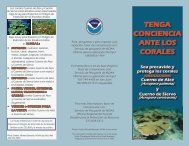Protected Species in the Gulf of Mexico - NMFS' Southeast Region ...
Protected Species in the Gulf of Mexico - NMFS' Southeast Region ...
Protected Species in the Gulf of Mexico - NMFS' Southeast Region ...
Create successful ePaper yourself
Turn your PDF publications into a flip-book with our unique Google optimized e-Paper software.
Common Nearshore <strong>Species</strong><br />
Dolph<strong>in</strong> Ecology Project<br />
DOLPHINS<br />
Bottlenose dolph<strong>in</strong>s <strong>in</strong>habit <strong>the</strong> <strong>Gulf</strong> <strong>of</strong> <strong>Mexico</strong> yearround.<br />
They are blue-gray with lighter sides and<br />
bellies and have a robust body and head. This species<br />
is <strong>the</strong> most commonly observed dolph<strong>in</strong> <strong>in</strong> nearshore<br />
waters, and travel alone or <strong>in</strong> groups up to 20.<br />
Atlantic spotted dolph<strong>in</strong>s prefer tropical to warmtemperate<br />
waters over <strong>the</strong> cont<strong>in</strong>ental shelf, edge, and<br />
upper reaches <strong>of</strong> <strong>the</strong> slope. These dolph<strong>in</strong>s have<br />
variable spott<strong>in</strong>g. They are very active at <strong>the</strong> surface<br />
and <strong>of</strong>ten breach while feed<strong>in</strong>g. Group size is usually<br />
between 5-15.<br />
Risso’s dolph<strong>in</strong>s are typically found around <strong>the</strong><br />
cont<strong>in</strong>ental shelf edge and steep upper sections <strong>of</strong> <strong>the</strong><br />
slope (>100 m depths). They are light gray and <strong>of</strong>ten<br />
exhibit extensive scarr<strong>in</strong>g. These dolph<strong>in</strong>s travel alone<br />
or <strong>in</strong> groups <strong>of</strong> >100, and may be observed with o<strong>the</strong>r<br />
species.


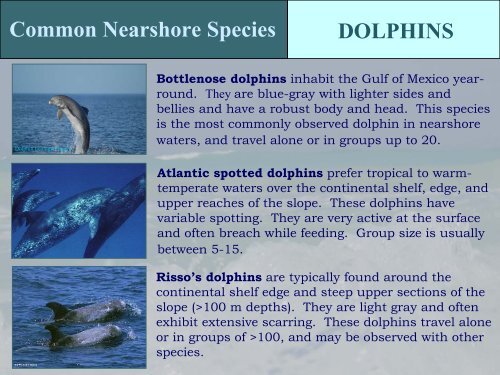
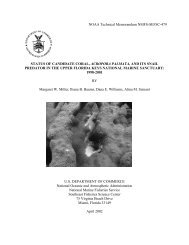
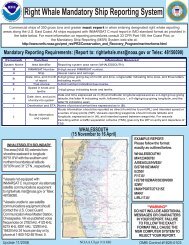

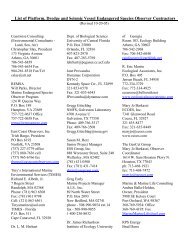
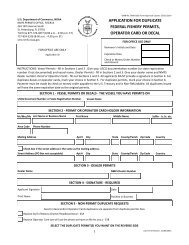
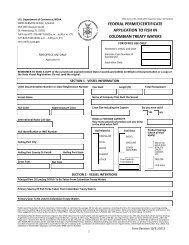
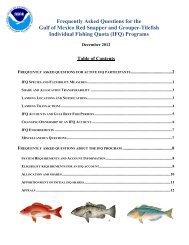
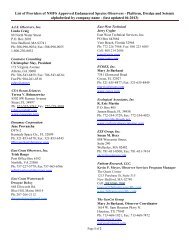
![Right Whale Fact Sheet [PDF] - Southeast Regional Office - NOAA](https://img.yumpu.com/28432664/1/190x245/right-whale-fact-sheet-pdf-southeast-regional-office-noaa.jpg?quality=85)

